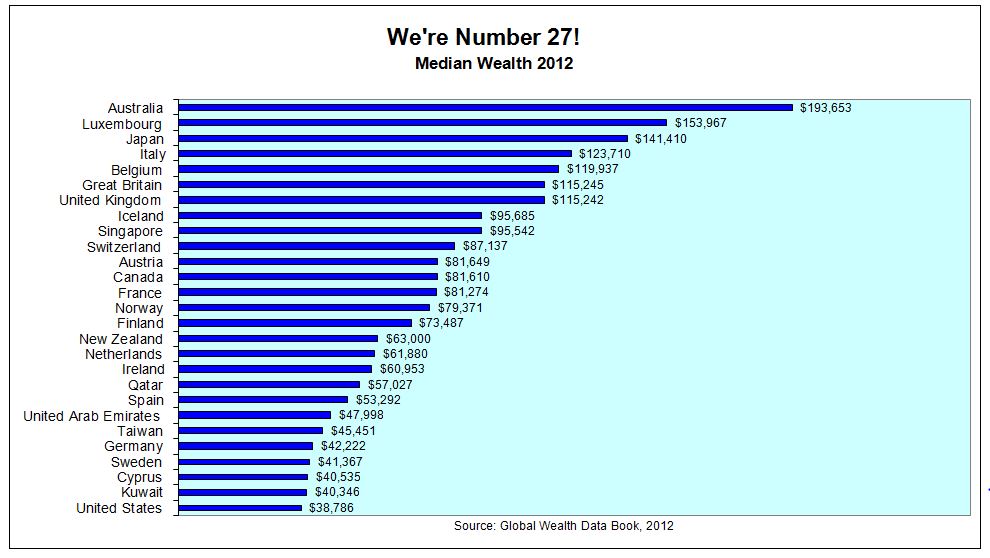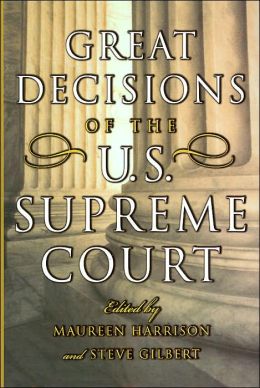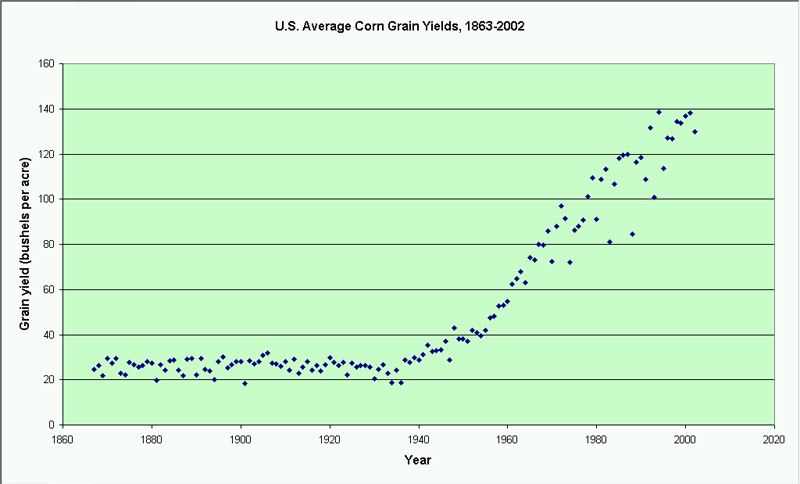I have been reading about The Regents of the
University of California vs. Bakke. Bakke, a former Marine in his early 30s applied for medical school at UC Davis. The school admitted 100 students per class, setting aside 16 places for a special competition
to (1) reduce the historic deficit of traditionally disfavored minorities in medical schools and the medical profession, (2) counter the effects of societal discrimination, (3) increase the number of physicians who will practice in communities currently underserved, and (4) obtain the educational benefits that flow from an ethnically diverse student body.
Applicants for medical school are a pretty elite lot.
Last year there were more than 600,000 applications but less than 20,000 matriculants in the schools. Thus there is an obvious problem that the schools face in selecting students to admit.
Clearly schools should not admit students who will not become physicians, dropping out for some reason or another. The schools maintain that they seek a composition of every class that will contribute to the quality of the education for all, and that makes sense to me since students have considerable influence on what their fellow students learn. Moreover, students from different backgrounds may help their classmates better understand and prepare for the diversity of patients that they will meet in practice. Unfortunately it is hard to predict the success students will have in a four year program, and I suspect harder still to predict the best combination of 100 students from hundreds of applicants. Test scores are unreliable and don't tend to predict into the distant future; there are known biases in that students from deprived backgrounds tend to do better when admitted than their
ex ante test scores would indicate. Subjective judgement based on personal interviews is also unreliable.
Still the objective must be to select people who will graduate and become productive members of the medical community. Ideally the new entrants to the medical profession should match the needs of the patient population that are less served by the existing medical community. Note that the poor are more often sick, and often have less access to medical attention. Moreover, there is a general need for physicians in family practice to work in under served areas. Of course, there is a continuing need for physicians in other specialties, and for physicians everywhere. One of the issues that occurs to me is that patients often are better able to communicate with physicians with whom they do not face huge cultural or class differences. A physician that speaks the patient's native language is a plus.
Of course, medical students not only spend years in medical school, they spend more time interning, and most these days go on to specialize. Many find their vocation during this lengthly training, Thus it is hard to choose students who will not only be good physicians on completion of that training, but who will fill needs in the community.
Anyone who has worked with physicians will tell you that different specialties have different qualifications. Someone with limited vision might not be able to do some kinds of surgery, but might be fully capable of psychiatry; very few people are suited for the stress of pediatric oncology; the personality that makes for good surgeons seems to differ from that found in most pediatricians or most pathologists. It is not only the case that medical schools must seek to provide basic medical education for people who will fill all these roles, but having people preparing for all these different specialties in the same class probably will help them as future practicing physicians to work effectively with physicians of other specialties.
In the case of the University of California, in which the state subsidized medical education, there was a legitimate interest to produce doctors who would stay in California and return services to the people of the state in return for the subsidy on their education. UC Davis is located in the California Central Valley, and would seem to have special responsibility to train professionals to work in that region and serve its population.
On the other hand, the University of California was established as a land grant institution with federal funding, and enjoys considerable federal funding in its operation. Thus the UC Davis Medical School also has an responsibility to fulfill national obligations.
I conclude that:
- It would have been very difficult for UC Davis Medical School to articulate accurately and fully the criteria for selection students;
- The actual selection process would necessarily only approximate the ideal, and would be based on heuristics rather than any algorithmic approach that would maximize fit of student body to school objectives.
- Probably intensive review by medical educators is the best approach to the selection process.
The court
ruled unconstitutional the admission process of the Medical School at the University of California at Davis, which set aside 16 of the 100 seats for "Blacks," "Chicanos," "Asians," and "American Indians".
Most judges in their decisions found that race might be used as a criterion for admission under some circumstances, while others found that that question was not germane to the case.
The court also ordered that Allan Bakke be admitted to the school. Allan Bakke was clearly a superior student, who had served his country as a marine in Vietnam.
He successfully completed medical school, graduating at age of 42 in 1982.
He apparently became an Anesthesiologist, implying he went on to a residency and practiced in Minnesota.
He apparently is now retired. I can only assume that the people of California would probably have gotten more medical service from their investment had they trained a different applicant than Dr. Bakke, one who was younger and more likely to practice in the state, especially one serving populations in need.
Perhaps courts should not substitute their judgement for that of medical faculties in making individual admission decisions.


































